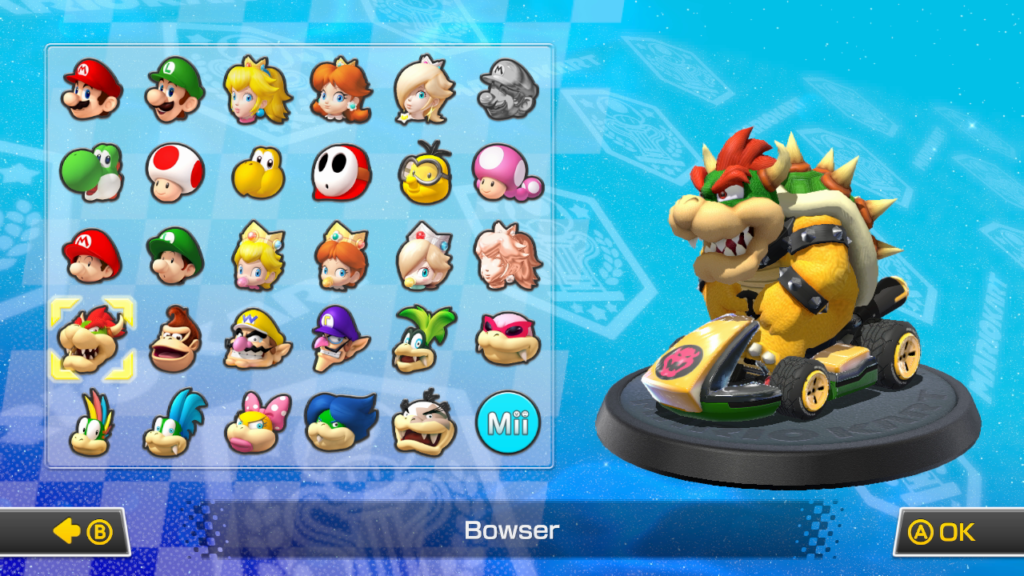In a world where fashion trends come and go, the allure of the “traditional kilt outfit” stands as a steadfast representation of heritage and style. This iconic ensemble, rich with history and cultural significance, evokes a sense of pride and elegance that transcends generations. In this article, we delve into the essence of the traditional kilt outfit, exploring its components, history, and the enduring charm it brings to special occasions and everyday wear.
The Traditional Kilt Outfit: A Symbol of Heritage
Understanding the Kilt: At the heart of the traditional kilt outfit is the kilt itself—a knee-length pleated garment that originated in Scotland. Made from wool and featuring intricate tartan patterns, each kilt signifies a particular clan or family.
The Sporran and Accessories: Complementing the kilt is the sporran—a pouch worn around the waist, traditionally used for carrying small items. Other accessories like a belt, kilt pin, and traditional socks complete the ensemble.
Exploring the History and Significance
Historical Roots: The origins of the traditional kilt outfit can be traced back centuries, when it was a practical garment for Highlanders in Scotland. It provided ease of movement and protection against the elements.
Cultural Identity: The tartan patterns on kilts were used to identify clans and families, forging a strong sense of kinship and heritage. Today, wearing a kilt outfit is a way to honor one’s Scottish ancestry.
Wearing the Traditional Kilt Outfit Today
Formal Occasions: The traditional kilt outfit is often chosen for formal events such as weddings, graduations, and ceremonial gatherings. Its dignified appearance adds a touch of elegance and tradition to these special moments.
Everyday Elegance: While commonly associated with formal occasions, the kilt outfit has also found its way into everyday wear. Modern variations and adaptations allow individuals to infuse their personal style into this timeless attire.
Exploring Different Types of Kilt Outfit
“Caring for Your Kilt Outfit” is not only a practical responsibility but also a gesture of preserving tradition and respect for the ensemble’s significance. Proper care ensures that the kilt and its accompanying accessories remain in pristine condition, ready to be worn for various occasions. From regular maintenance to thoughtful storage, caring for your kilt outfit involves attention to detail. Gentle cleaning, appropriate storage solutions, and handling with care can prolong the lifespan of the kilt, allowing it to be passed down as a cherished heirloom. Just as the kilt represents history and heritage, caring for it symbolizes a commitment to upholding tradition and the legacy it carries.
Kilt Outfit Contemporary Fashion
The integration of the “Kilt Outfit in Contemporary Fashion” is a testament to the enduring appeal and adaptability of this iconic ensemble. Traditional kilts, once synonymous with Scottish heritage, have seamlessly transitioned into the realm of modern style. Embracing the kilt as a fashion statement transcends its historical context, giving it new life in diverse and innovative ways. Incorporating contemporary fabrics, bold patterns, and unexpected pairings, the kilt outfit stands as a canvas for self-expression while retaining its cultural significance. This fusion of tradition and contemporary aesthetics underscores the kilt’s timelessness, proving that heritage can harmonize harmoniously with the ever-evolving world of fashion.
FAQs About the Traditional Kilt Outfit
Q1: Can anyone wear a traditional kilt outfit, or is it reserved for specific occasions?
A1: Anyone can wear a traditional kilt outfit, whether for special occasions, ceremonies, or as part of their everyday wardrobe. It’s a versatile ensemble that can be adapted to various settings.
Q2: Are there different tartan patterns, and do they have specific meanings?
A2: Yes, there are various tartan patterns, each associated with different clans, families, or regions. These patterns hold historical and familial significance.
Q3: Can women wear the traditional kilt outfit as well?
A3: Absolutely! There are variations of the kilt outfit designed for women, often featuring longer lengths and tailored silhouettes.
Conclusion
The kilt outfit stands as a testament to the enduring legacy of cultural heritage and personal style. Whether worn for formal occasions or embraced as part of everyday elegance, this iconic ensemble encapsulates the rich history and pride of Scottish tradition. As individuals don the traditional kilt outfit, they honor their ancestry and contribute to the preservation of a timeless symbol of identity and heritage.



